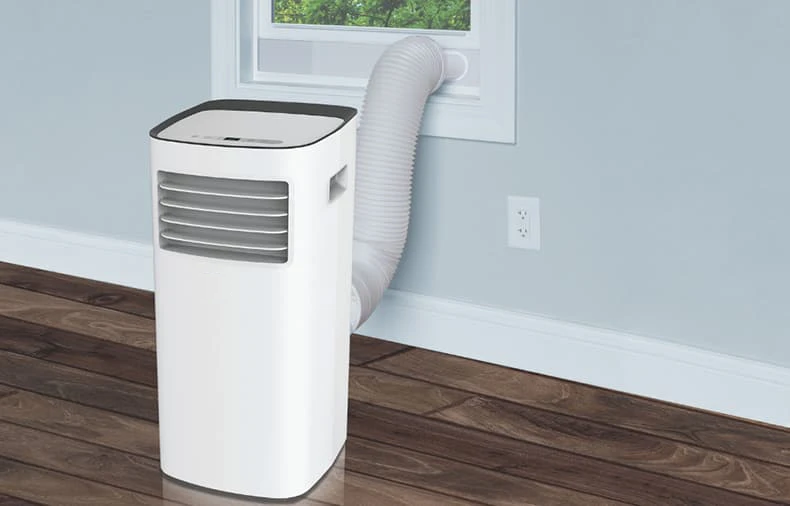Clause 3 – How to understand the definition of “portable appliance”
portable appliance: appliance that is intended to be moved while in operation or an appliance, other than a fixed appliance, having a mass less than 18 kg.
This item is relatively easy to understand. Products that are less than 18kg are relatively light, so they are easy to move during operation, including humidifiers, fans, air purifiers, etc. At the same time, hair dryers and vacuum cleaners are also portable appliances. The controversial point here is whether some products that are larger than 18kg and have wheels or similar devices at the bottom of the product to facilitate the movement of the appliance are also portable appliances? The key here lies in how to understand and define word “operation”. For example, a mobile air conditioner with wheels (weighing more than 18kg), is it a portable appliance? There are two ways to use it. The first is when it is running in cooling mode, we will set its working status (such as setting the temperature), and the second is to move it to change the direction of its air outlet; which one is the operation? Or do we think that both methods of use are operations? Some people believe that the main function of the wheels is to carry it, so that it is convenient to carry it between different places of use; general appliances will not move during operation, and carrying is not an operation. The meaning of portable is more inclined to the product being easy to carry, so is this mobile air conditioner easy to carry? One way to resolve this dispute is to check the requirements for portable appliances in the standard and reverse deduce the product features corresponding to the definition through the requirements. However, after my inspection, I really can’t find a strong requirement to reverse deduce what kind of appliance a portable appliance is. The leakage current requirement for portable class I appliances is higher than that for stationary appliances. Can we raise the requirements of the standard a little bit and operate according to portable appliances?
